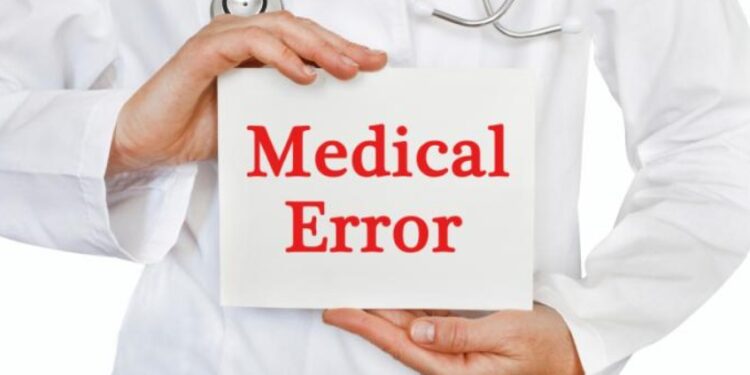The Scope of Medical Errors Worldwide
Medical errors are a significant cause of preventable injury and death in both developed and developing nations. Despite progress in safety measures, errors such as medication errors, misdiagnoses, and surgical errors continue to be alarmingly common. These errors not only cost lives but also result in significant financial losses, eroding confidence in healthcare systems worldwide.
Even in environments with strict protocols, the sheer complexity of medical care introduces room for human and system-based errors. For patients and families affected by adverse events, the fallout can be life-changing, often involving lengthy recovery, financial burden, or even loss. In those times, consulting a Medical lawyer can be a crucial step, not only to explore the possibility of legal redress but also to drive wider change in care standards. Legal experts in this area can help guide affected individuals through their options and ensure broader lessons are learned, ultimately advancing patient safety for everyone.
Root Causes of Preventable Mistakes
Medical errors often stem from system-level breakdowns, not isolated mistakes. Healthcare environments are chaotic, with staff working long shifts and handling complex patients. Approximately 70% of errors are attributed to communication failures or inadequate adherence to processes. Human limitations, lack of resources, insufficient staffing, under-investment in technology, and cultural factors also contribute to these errors. Reducing these risks requires continuous improvement, transparent leadership, and learning from every incident, regardless of the severity.
Most Common Types of Medical Errors
Some medical errors are encountered more frequently than others, making awareness and vigilance around these issues especially important. Among the most prevalent are medication errors, diagnostic errors, procedural mishaps, and communication failures. A common example is the administration of the wrong drug or incorrect dosage, sometimes due to handwriting confusion, mislabeling, or distractions at the point of care. Diagnostic mistakes, such as delayed or missed findings on test results, can lead to serious consequences, as patients may not receive timely or correct treatment.
- Medication Errors: From labeling mistakes to confusion over dosing, issues in this area can be life-threatening, particularly for children, the elderly, or those with chronic conditions who rely on complex medication regimens.
- Diagnostic Errors: When symptoms aren’t interpreted accurately or critical details are missed in tests or imaging, patients may face delayed or inappropriate care and potentially worse outcomes.
- Procedural Mistakes: Surgical errors, such as operating on the wrong part of the body or leaving a foreign object inside a patient, are rare but can have devastating consequences. Small procedural lapses can also be detrimental, such as failing to adhere to sterile technique.
- Communication Failures: Whether between two doctors during a patient handoff or when discharge instructions are unclear to the patient, communication gaps are a well-known contributor to adverse outcomes.
Effective Strategies for Prevention
Safety leaders, researchers, and care teams worldwide have developed effective error-prevention strategies, including simple interventions, checklists, and briefings, to enhance patient safety. These strategies help providers under pressure maintain safety and ensure clear responsibilities during critical procedures.
- Checklists: These low-tech tools help providers remember all necessary steps in complex processes, especially under time constraints or stress.
- Team Briefings: By gathering all staff involved in a procedure to discuss patient history, goals, and concerns, many sources of misunderstanding can be identified and addressed in advance.
- Standardization: Developing clear, consistent protocols for everything from hand hygiene to surgical time-outs reduces the variability that often leads to mistakes.
- Culture of Speaking Up: Empowering team members, regardless of hierarchy, to point out hazards or near misses means potential errors can be prevented before harm occurs.
- Double-Checks and Peer Reviews: Redundancy, such as a second professional reviewing medication orders or critical test results, adds an extra layer of safety.
The Role of Technology in Reducing Errors
Healthcare technology advancements are enhancing safety by providing real-time patient data, eliminating the need for handwritten notes or relying on memory, and enabling real-time verification at the bedside. Barcoded medication systems and clinical decision support systems can detect dangerous drug interactions or allergies before harm reaches the patient. However, technology alone is not enough; regular updates, ongoing training, and adaptability to evolving workflows are necessary for effective implementation. New technology can also highlight existing workflow weaknesses.
Do Read: Armor Correctional Health Services Lawsuit: A Deep Dive into Legal Challenges and Systemic Failures



















